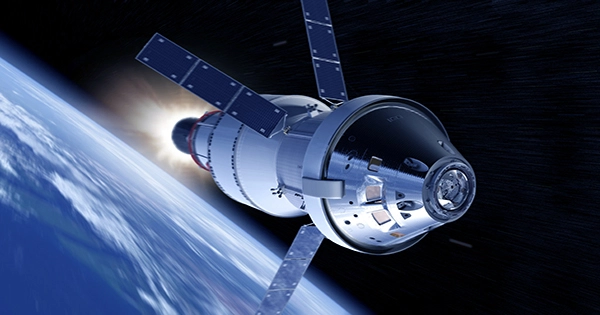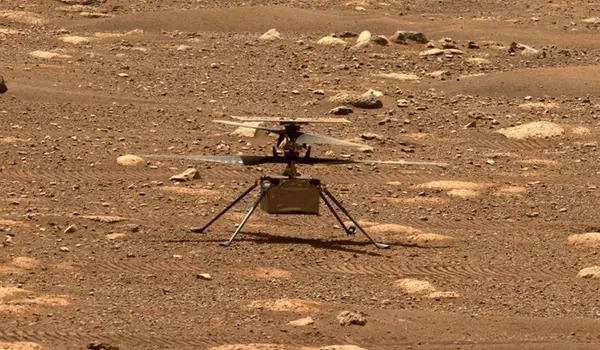Using a cost-effective, ecologically friendly propellant, the Japanese company Pale Blue successfully completed the first test of its experimental water vapor propulsion system by launching a nano-satellite into space for the first time.
The company reported on Monday that data from the water-based thrusters’ two-minute test on March 3 showed that the engine’s initial test was effective. For its Star Sphere project, which seeks to expand access to space photography, Sony tried the propulsion system on its first satellite.
Star Sphere 1, also known as EYE, was launched on January 3 by SpaceX’s Falcon 9 rocket. The camera-equipped microsatellite will circle the Earth from a location between 310 and 372 miles (500 and 600 kilometers) above. Pale Blue’s propulsion system is now prepared to launch the satellite into its intended trajectory so that it can start operating later this year thanks to the test’s success.

Pale Blue’s CEO and Co-Founder, Jun Asakawa, said in a statement that the firm has “successfully developed and operated its water-based thruster,” which represents a significant step forward for the [Star Sphere] Project.
Pale Blue seeks to offer an alternative method of maintaining satellites in Earth’s orbit. Since water is composed of hydrogen and oxygen, both of which are used as propellants, it can be used as a green propellant, providing a more affordable and secure option for small spacecraft. In space, the propulsion system simply splits the water into hydrogen and oxygen for fuel. However, there are restrictions on the size and weight of spaceships that can be powered by using water, as well as on the amount of energy that it can actually produce; as a result, NASA states that the technology is best suited for small, inexpensive satellites.
In preparation for NASA’s Pathfinder Technology Demonstrator, the first of a series of missions launched atop a Falcon 9 rocket in January 2021, the space agency is testing water-based thrusters on board a swarm of CubeSats. In addition to Pale Blue, Momentus is also a privately funded space venture that is getting ready to try a water-based propulsion system on board an orbital transfer vehicle in the coming weeks.
Japan’s Pale Blue and other companies that use water as fuel are attempting to reinvent the small satellite market by making them more affordable, effective, and possibly even a little more environmentally responsible.
















